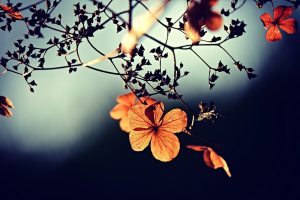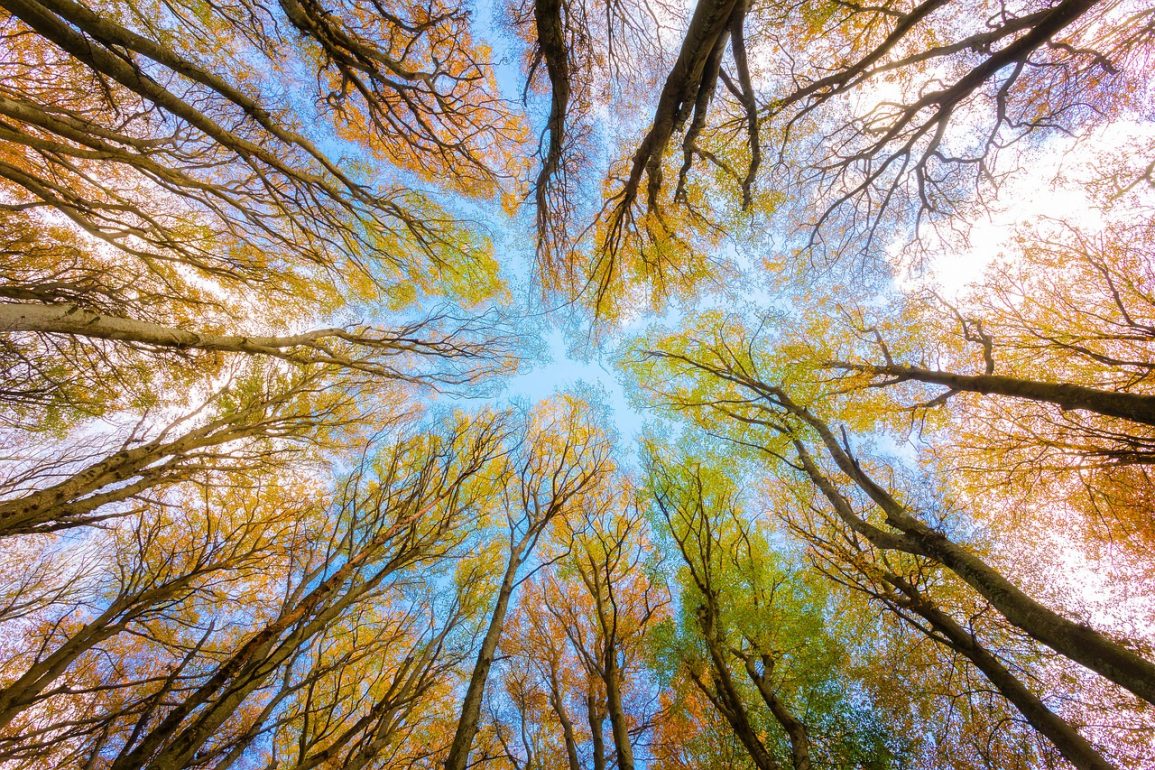The Autumn Equinox – An autumnal equinox is an astronomical event that marks the start of autumn or “fall”. In the Northern Hemisphere, the autumnal equinox occurs in September between 20th and 23rd in the Southern Hemisphere, it occurs in March between the 20th and 23rd
It is the time of year when the day and night are of equal length and in perfect balance, where we celebrate the triumph of the darkness over the light marking the end of summer and the beginning of autumn.
The equinox happens when the sun is directly in line with the earth’s equator and passes through the celestial equator (an imaginary extension of the equator into space). The earth is tilted on its axis, meaning that as it orbits the Sun, the Sun illuminates the northern or southern hemisphere more depending on where the location is along its orbit. However, at two points in the year, the Sun will illuminate the northern and southern hemispheres equally. These are known as equinoxes. This year, in the UK, this astronomical event will happen on Friday 23rd September at 1.04 am.
The autumn equinox symbolises balance, gratitude, death, preparation, dark and light. Apples are a very common symbol for this time of year as they represent the second harvest, and many traditions consider them to be symbols of wholeness, wisdom, and guidance.
It is a reminder that we often need to bring more balance into our lives. It is an opportunity to reflect and ask us what areas of our life are currently out of balance, particularly our work/ rest balance.
Marking this event goes back centuries to Pagan and Celtic times when the festival was called Mabon (pronounced “May-bon”. Mabon is the second harvest of the cycle, a time when the grain has been brought in, and only winter plants remain in the ground. Mabon was used as a festival to give thanks to nature/ Mother Earth for giving a good harvest and to pray to their Gods and Goddesses that the crop would last throughout the winter. There would be feasting, fires, offerings, and sacrifices.
In Japanese culture, the autumn equinox is celebrated with the tradition of Higan. It is a time to remember deceased relatives, as well as mark the passing of the seasons. Higan officially lasts for seven days, beginning three days prior to the equinox and ending three days after it.
The autumn equinox has been a day of celebration for cultures since ancient days. People tracked the transitions of the Earth’s journeys around the Sun. At Machu Picchu in Peru, an ancient stone monument called ‘Intihuatana’ (meaning “Hitching Post of the Sun”) serves as a solar clock to mark the dates of the equinoxes and solstices. Furthermore, in Mexico, the Mayans built a giant pyramid called ‘Chichen Itza’. During the equinoxes, it looks as if a snake made of light slithers down the pyramid’s steps. In England, Stonehenge was built with the equinoxes and solstices in mind as well.

In modern times, we now start to feel that autumn is finally upon us by noticing the leaves start to turn gold, red and brown and saying hello to pumpkin spice drinks, chunky wool jumpers and lighting our favourite autumnal scented candles! The cycle is still waning and there’s a sense of winding down in the natural world. Harvest time is the busiest time in the agricultural year, so Mabon gives us the opportunity to relax, enjoy ourselves, and be thankful for the fruits of our labours.
The full moon that occurs nearest to the autumnal equinox is always called the Harvest Moon. The full moon rises around sunset for several nights in a row, which traditionally provided farmers with just enough extra light for them to finish their harvests before the killing frosts of winter set in. Normally, the Moon rises about an hour later each night, but around the time of the autumn equinox, the angle of the Moon’s orbit and the tilt of the Earth line up just right and cause the Moon to rise only about 20 to 30 minutes later each night for several nights in a row. This year, the Harvest Moon happens on Saturday 10th September.
For those located at high northern hemisphere latitudes, the autumnal equinox paves the way for increased chances to see the aurora borealis display. According to NASA, the equinoxes are prime time for the Northern Lights, and geomagnetic activities are more likely to take place in the spring and autumn than in the summer or winter.
As we step into autumn, it gives us time to reflect upon the past year and a chance to express gratitude. Why not decorate your home with all things Autumn or prepare a meal to honour the harvest such as bread and grains, autumn vegetables like squash and onions, fruit, and wine to really get into the spirit of the new season approaching!
I have already started to add more autumnal touches to my room such as displaying acorns that I have found on my walks and burning cinnamon wax melts in the evenings to create a cosy atmosphere as I wind down from the day.
Millennium Milli


